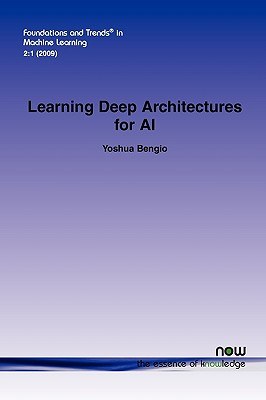
LearningDeepArchitecturesforAI
[ 神经网络 ]
作者:YoshuaBengio
1
0
推荐者:百科书库 2023-05-25 09:20:56
本书简介
- 作者:YoshuaBengio
- 出版年:2009-10-28
- 页数:136
- 定价:695.00元
- 装帧:散装
- ISBN:9781601982940
Theoretical results suggest that deep architectures, composed of multiple levels of non-linear operations, may be necessary to learn complicated functions that can represent high-level abstractions in fields such as vision, language, and other AI-level tasks. These architectures can be seen in neural nets with many hidden layers or in complicated propositional formulae, indicating the importance of depth in learning such complex tasks.
作者简介
Theoreticalresultssuggestthatinordertolearnthekindofcomplicatedfunctionsthatcanrepresenthigh-levelabstractions(e.g.,invision,language,andotherAI-leveltasks),onemayneeddeeparchitectures.Deeparchitecturesarecomposedofmultiplelevelsofnon-linearoperations,suchasinneuralnetswithmanyhiddenlayersorincomplicatedpropositionalformulaere-usingmanysub-formulae.Searchingtheparameterspaceofdeeparchitecturesisadifficulttask,butlearningalgorithmssuchasthoseforDeepBeliefNetworkshaverecentlybeenproposedtotacklethisproblemwithnotablesuccess,beatingthestateof-the-artincertainareas.Thismonographdiscussesthemotivationsandprinciplesregardinglearningalgorithmsfordeeparchitectures,inparticularthoseexploitingasbuildingblocksunsupervisedlearningofsingle-layermodelssuchasRestrictedBoltzmannMachines,usedtoconstructdeepermodelssuchasDeepBeliefNetworks.
相关推荐
神经网络设计(原书第2版)
本书是一本易学易懂的神经网络教材,主要讨论以下几个方面:网络结构学习规则训练技巧工程应用紧紧围绕“设计”这一视角组织材料和展开讲解,强调基本原理和训练方法,概念清晰,数学论述严谨。本书包含丰富的实例和 MartinT.Hagan/HowardB.Demuth/MarkH.Beale 2023-05-10 05:23:27NeuralNetworksandLearningMachines
Thistextisidealforgraduate-levelneuralnetworkcoursesofferedinthedepartmentsofComputerEngineering,Ele SimonO.Haykin 2023-05-10 05:24:14神经网络理论与MATLAB7实现
本书以最新推出的MATLAB7中的神经网络工具箱4.0.3版本为基础,共分为以下几个部分:第一部分:MATLAB7和神经网络的基础知识。第二部分:各类型神经网络工具箱函数及实例。第三部分:各类型神经网 飞思科技产品研发中心 2023-05-10 05:25:12Matlab神经网络与应用
Matlab语言是Mathworks公司推出的一套高性能计算机编程语言。它集数学计算、图形显示、语言设计于一体,其强大的扩展功能为用户提供了广阔的应用空间。附带有30多个工具箱,神经网络工具箱就是其中 董长虹 2023-05-10 05:26:14NeuralNetworksforPatternRecognition
Thisbookoffersacomprehensivetreatmentoffeed-forwardneuralnetworks,focusingonstatisticalpatternrecogn ChristopherM.Bishop 2023-05-10 05:27:00神经网络模型及其MATLAB仿真程序设计
《神经网络模型及其MATLAB仿真程序设计》是一本重点介绍MATLAB6.5神经网络工具箱中各种神经网络模型及基本理论的书籍。它也提供了各种神经网络模型的MATLAB仿真程序设计方法,同时详细解释了M 周开利康耀红 2023-05-10 05:27:52MATLAB神经网络原理与实例精解
陈明等编著的《MATLAB神经网络原理与实例精解(附光盘)》结合科研和高校教学的相关课程,全面、系统、详细地介绍了MATLAB神经网络的原理及应用。本书附带1张光盘,收录了配套多媒体教学视频及书中涉及 陈明 2023-05-10 05:28:51精通MATLAB神经网络
《精通MATLAB神经网络》分为3篇组成:MATLAB入门篇:包含MATLAB软件介绍、基本运算、图形绘制、程序设计和Simulink仿真等。神经网络提高篇:讲解神经网络的主要内容,包括神经网络工具箱 朱凯 2023-05-10 05:29:38© 2023-2025 百科书库. All Rights Reserved.


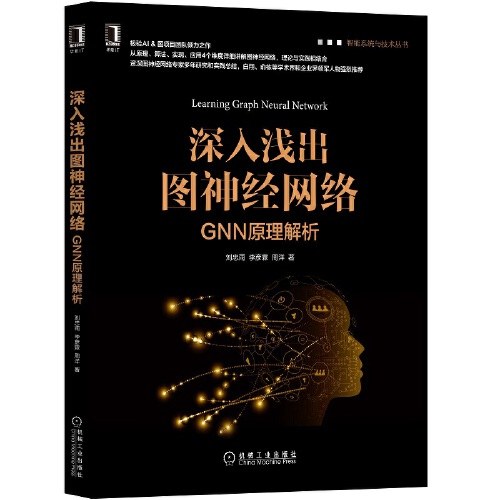
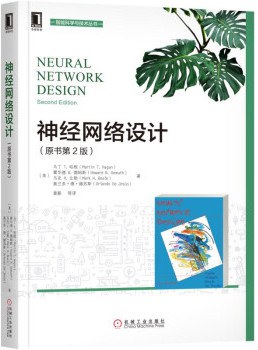
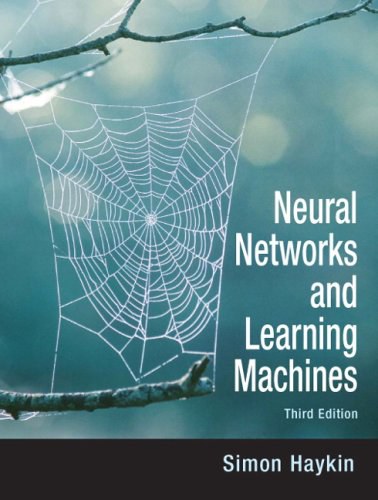

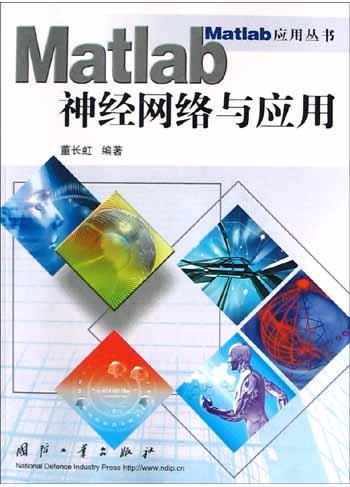

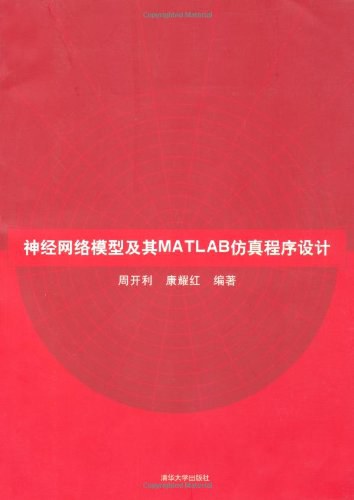
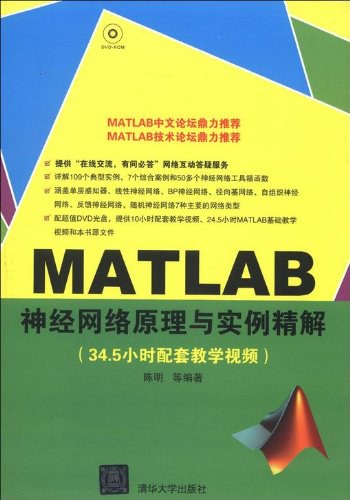

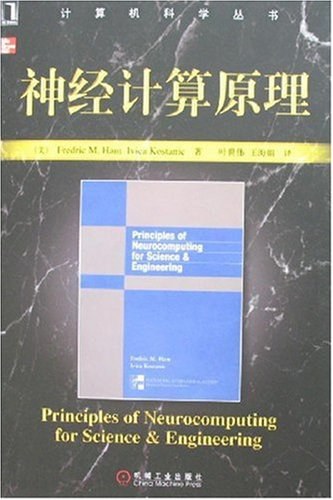
发表评价